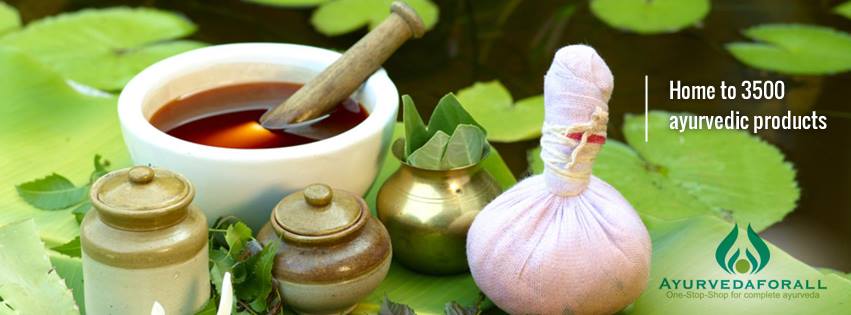best ayurvedic ointment for piles
Dietary Changes:
Highlighting the importance of a high-fiber diet, we'll explore foods that promote healthy digestion and softer stools. We'll also discuss the role of hydration in preventing and managing hemorrhoids.
Exercise and Physical Activity:
Regular exercise plays a significant role in improving blood circulation and preventing hemorrhoids. We'll suggest suitable exercises and activities that can alleviate symptoms and promote overall well-being.

